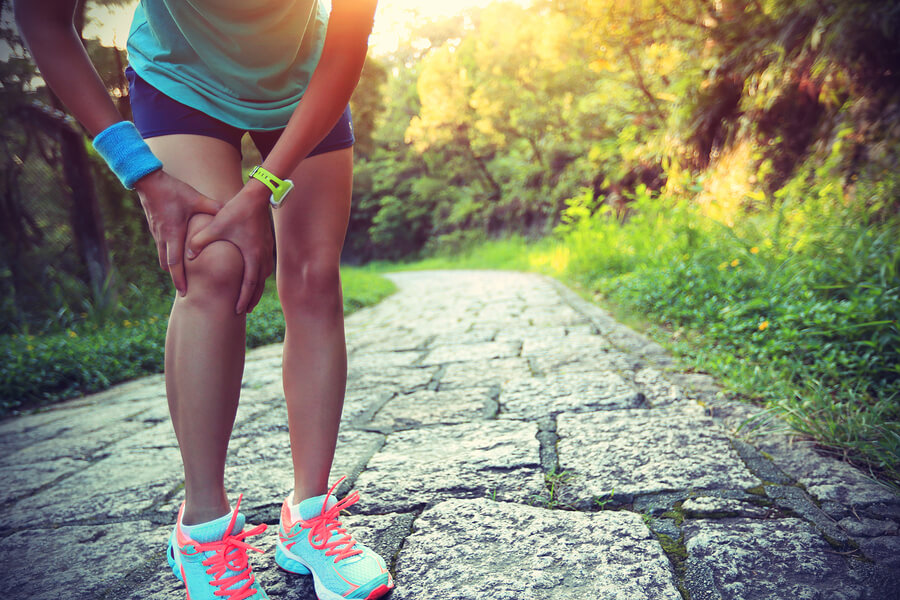Knee pain is common among individuals of all ages and for a variety of reasons. Many people experience knee pain as the result of an injury doing activity of some kind or sports. Knee pain can be the result of a variety of different reasons and, depending on the cause of the pain, can be treated with anything from general care each day to physical therapy and support braces to surgery and even surgical replacement.
In addition to pain in the knee, some people experience the following symptoms:
• Swelling
• Fluid around the knee
• Clicking or popping noise
• Locking sensation of the knee
• The knee giving out whenever weight is applied
• A lump behind the knee
It is helpful to understand what may potentially be the cause of pain and these symptoms in the knee. In particular, pain found behind the knee (also called posterior knee pain) is one common form of knee pain.
Below are the common causes for pain found behind the knee.
Arthritis
Arthritis is a painful condition that is caused by the natural wear and tear of the joints. Some may also have an autoimmune disease known as rheumatoid arthritis which causes inflammation in the joints. This can make moving extremely difficult and painful, particularly in the morning when the joint may be the most stiff from resting through the night.
Baker’s Cyst
One common cause of pain behind the knee is something known as a Baker’s cyst, which is a cyst that develops behind the knee from running. When running, your legs repeatedly bend and straighten. This excessive repetitive movement can cause an accumulation of fluid that results in a swollen lump that feels like a water balloon found right behind the knee. It can be painful and make movement challenging, particularly running. The first step to treating a Baker’s cyst is to drain the excess fluid and take a break from running while your cyst heals.
Tendonitis
One cause of knee pain found behind the knee is tendonitis. There are actually two forms of tendonitis that can wreak havoc on the posterior knee. One is tendonitis of the hamstring. The hamstrings are the large muscle group found on the backside of the upper part of your leg, just below your butt and going down to your knee. Tendonitis of the hamstring is a common injury among runners, particularly those that run long distance races. Due to a lack of overuse and improper training, runners begin to experience fatigue of the hamstring and it begins to put strain on the hamstrings, which then leads to pain behind the knee.
Another form of tendonitis that is known for causing pain behind the knee is what’s known as gastrocnemius tendonitis, which is when the Gastroc tendons found in the calf muscle, which crosses behind the knee and attaches above the knee joint, become strained. This particular form of tendonitis is more prominent among cyclists.
Both of these common forms of tendonitis that are known to cause posterior knee pain can be treated by seeking out the assistance of a doctor or physical therapist. These injuries are typically the result of weak glute muscles and improper training. A physical therapist can advise you about which exercises to do to treat the injury and build up strength in the glutes to avoid future injury.
Torn Meniscus
The meniscus is the cartilage that sits between the upper and lower leg bones. This cartilage helps to keep the knee sturdy. However, it is known for tearing, particularly as the result of twisting or falling down on the knee. It can also tear from being worn down over time and everyday wear and tear. The doctor will need to administer an MRI test to determine if your meniscus is torn and the severity of the tear.
Blood Clot
Another cause of pain, as well as swelling, behind the knee is blood clots. People who are on bed rest or recovery from surgery often experience blood clots behind the knee. If you are on bed rest and experience pain or swelling behind the knee, be sure to inform your doctor right away.
If you are experiencing knee pain of any kind and are currently located in Orange County and throughout the greater Southern California area, contact Centers of Rehabilitation and Pain Medicine (CRPM) at (714) 909-0136 or online!


